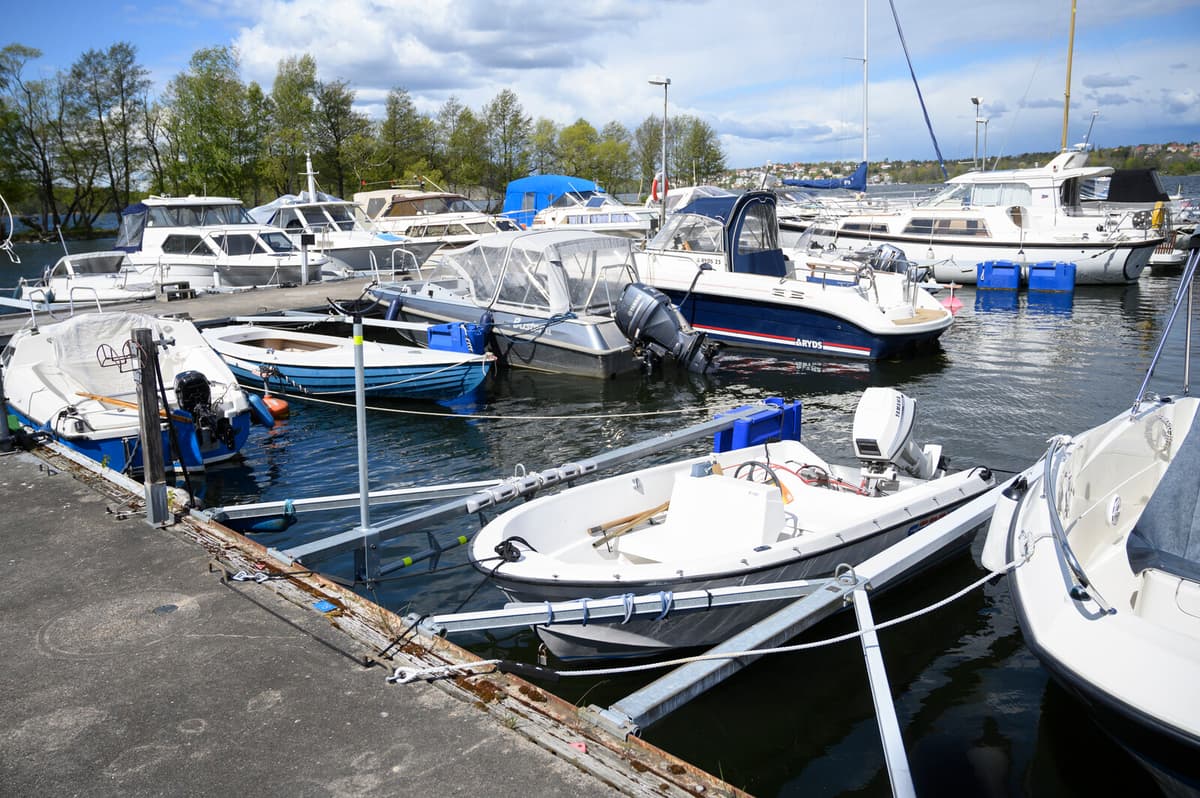The Baltic Sea area has long been affected by this type of disturbance, but recently, the Swedish Maritime Administration has noted an increase at the same time as they are moving closer to land.
The disturbances have moved a bit closer to the coast than before and are now affecting the Swedish coast, says Adam Groll Rasmussen, maritime leader at the Sea Rescue Society to the radio channel.
The Swedish Maritime Administration is now warning that you risk navigating incorrectly if you rely on GPS due to the disturbances. They can also pose a danger in emergency situations when it can be difficult to determine where you are.
Instead of us going in and knowing where people are and being able to carry out rescue operations, it becomes a search and then a rescue, says Adam Groll Rasmussen.
A number of experts have, according to P4 Blekinge, pointed out Russia as responsible for the disturbances.
+ Always have alternative methods to determine where you are, do not rely only on your electronic sea chart. You can, for example, use passage distances with radar if it exists on board or visual determination with the help of bearings to sea marks.
+ Make sure to have an updated sea chart with you.
+ Be aware of current navigation warnings via VHF radio or on the Swedish Maritime Administration's website.
Source: Swedish Maritime Administration






